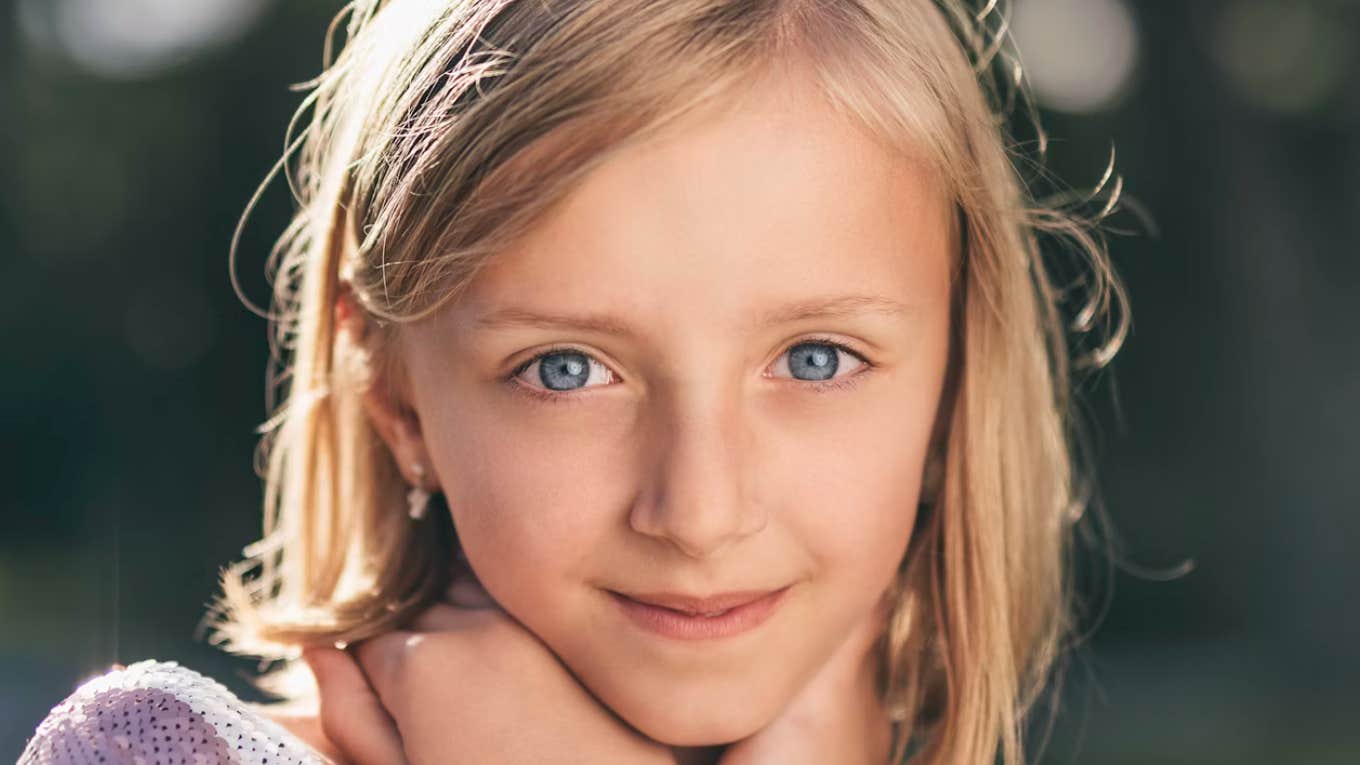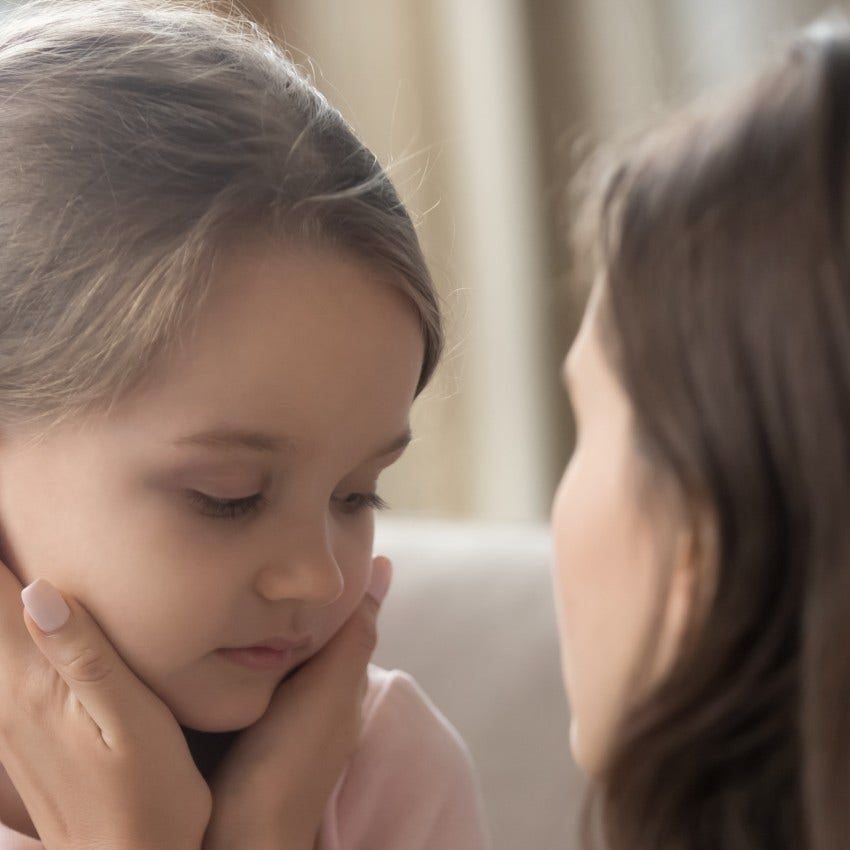Parents Who Do These 3 Things Raise Kids Who Open Up To Them — Whether They Realize It Or Not
When kids feel safe enough to share what's really on their minds, it's no accident.
 Janko Ferlic | Unsplash
Janko Ferlic | Unsplash Learning how to talk to kids about their feelings and get them to open up is an important but often confusing lesson to learn. The unfortunate truth is, children often hide their feelings from their parents. They do this for different reasons. Sometimes, they think their parents will be angry or sad.
Children often try to protect their parents from getting hurt. This is especially common in cases of separation and divorce. Building emotional trust with your kids is crucial. It’s important for parents, teachers, and caregivers to develop or enhance the emotional trust they have with their children.
You want your children to know you can handle anything they tell you about how they feel. You want them to know how important it is for you to understand their true feelings. The benefit of greater emotional trust is the comfort and confidence that it brings to the child. Once they truly feel that you care and see that you're listening and validating their feelings, they'll be more likely to disclose to you again.
Parents who do these 3 raise kids who open up to them, whether they realize it or not:
1. They break the ice
Kids need to share their thoughts with you, but some children have a difficult time disclosing their feelings to their parents. So, I’d like to suggest an “ice breaker” activity for you to use. It's meant to be easy, fun, and helpful.
To start, I suggest you assure your child that you want to hear what their thoughts and feelings are. If you have more than one child, I recommend individual time with each child. Find a quiet and safe place to talk, and if possible, let them choose the place. It would be helpful to have a table for you both to sit at.
Bring crayons or markers for your activity. Your child needs to first feel comfortable, and that talking to you will have a positive outcome. Ask your child to draw a picture of how they feel inside. The picture I have above shows a picture a third-grade boy drew about how he's feeling sad. This is displayed by him drawing a heart that is broken in half.
Children’s mental health needs to be nurtured, research shows. By letting your children share their thoughts and feelings with you, you provide an opportunity to validate those feelings for them. A child, like an adult, wants to believe that who they are talking to understands them. While adults can infer from body language and other cues, children need concrete responses.
By saying you understand how they feel and what they are saying specifically, it validates those feelings. It shows your child that you're listening and will acknowledge what you hear, as well as understand them.
2. They don't rush them
 fizkes / Shutterstock
fizkes / Shutterstock
Don’t rush your kids. Allow them to go at their own pace. If they enjoy this activity with you, it might lead to more time and sharing together.
Studies show that patient parenting strengthens the parent-child bond by encouraging trust and security, which allows children to develop essential self-control and independence. Patience also helps parents avoid negative interactions, model calm behavior, and create a more supportive environment for their child.
3. They give affection
Be sure to hug your child after you finish drawing. Acknowledge that you felt your time together was special for you. Physical touch is an important part of the process from a parent or family member, a 2019 study found. It increases warmth and reassurance that your time together, as well as the result of the picture, was special to you.
If this is not your child and hugging them is not an option, reinforcing with positive words or a small reward of a sticker could be an incentive for a job well done and another possible interaction. I hope that you will find this a motivating and helpful idea to talk to your child about their feelings. Remember, children love spending time with their parents and teachers.
Getting attention from their parents and learning how to talk to your children about their feelings can be a fantastic way for both of you to grow closer together.
Mindi Lampert is a licensed mental health counselor who has spent over 20 years working with children and is also the author of Elementary Thoughts.

